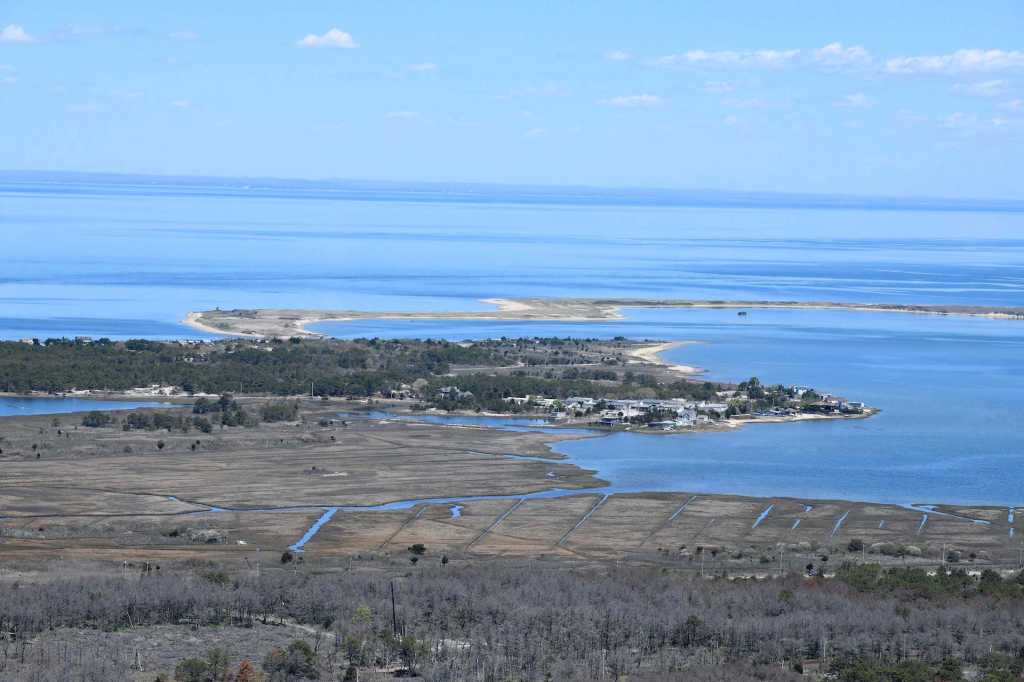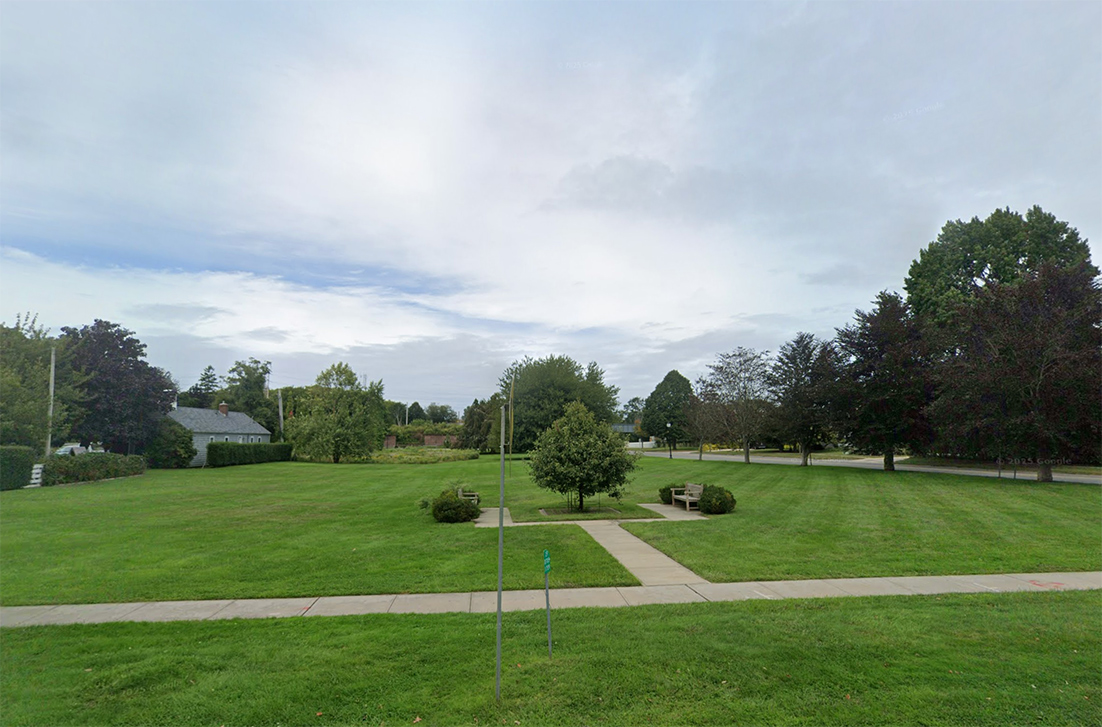“Who doesn’t want to say they live in a place called Lazy Point?” asks Jennifer Brew, one of about 50 homeowners in the serene East End enclave framed by Gardiner’s Bay and Napeague Harbor. “We’re what, two miles from town? But this place kind of puts you in a different zen – to the point where you say, well, I don’t really need milk.”
Locals like Brew talk about chilled-out beach days and inky nights under spectacular starscapes; of power-hiking the Paumanok Path with their curious dogs in tow; of drafting on the ever-present wind in their kiteboards and kayaks.
They also tend to describe Lazy Point in terms of living with nature rather than in opposition to it.
“Things that you would see as a nuisance in town, you see as a part of things out here,” Brew says. “Like deer or rabbits or raccoons – or birds that won’t get off your roof. We’re more in their neighborhood than they are in ours. Even the bugs. We battle them, but the bugs were here first.”
In a lot of ways, Lazy Point is the anti-Hamptons, a relatively affordable waterfront oasis surrounded by – yet clearly set apart from – some of the priciest, most exclusive real estate in the world.

Saturday afternoons in August notwithstanding, no one would describe the hamlet of Amagansett as anything approaching a bustling metropolis. But you only need to take the short drive from Main Street in the middle of town to Shore Road in Lazy Point to experience a vibe metamorphosis. As the small, generally well-maintained cottages begin to dot the coastline and the dunes rise up against the horizon, the overarching feel of the place changes so dramatically, you almost think you’ve landed in a new country – or ventured 50 years back in time.
Before it became an idyllic sliver of unspoiled beachfront, Lazy Point was born in the late-19th century as a community of shacks that were built to house migrant laborers working for the Smith Meal Fish Factory. The factory processed and sold menhaden, a small ocean species that was plentiful in local waters at the time.
The menhaden weren’t for human consumption; they were used primarily to produce fish oil, animal feed and fertilizer. As a primary source of nutrition for whales, dolphins, sharks and other species, the menhaden also played a vital role in the eastern Atlantic’s fragile food chain.
By the middle of the 20th century, overfishing made the menhaden too scarce in East End waters to support a viable business. And in 1969, the Smith Meal Fish Factory was shuttered for good.
Many of the migrants left well before the factory closed, but some stayed around, joining a handful of locals, mostly fishermen and baymen who lived in the area at the time. Some of the original cottages, which were really minimally appointed shacks with no heat or modern conveniences, are still standing in one form or another – albeit with very significant renovations.
Most Lazy Point residents own their physical homes, but some land parcels the homes occupy are governed by a lease program overseen by the East Hampton Board of Trustees.
In order to qualify for a Lazy Point land lease, you must already be a full-time resident of the Town of East Hampton – and you need to establish that you’ve been a resident for at least a year before your application will be approved. You don’t necessarily have to own your East Hampton property to be able to buy in Lazy Point.
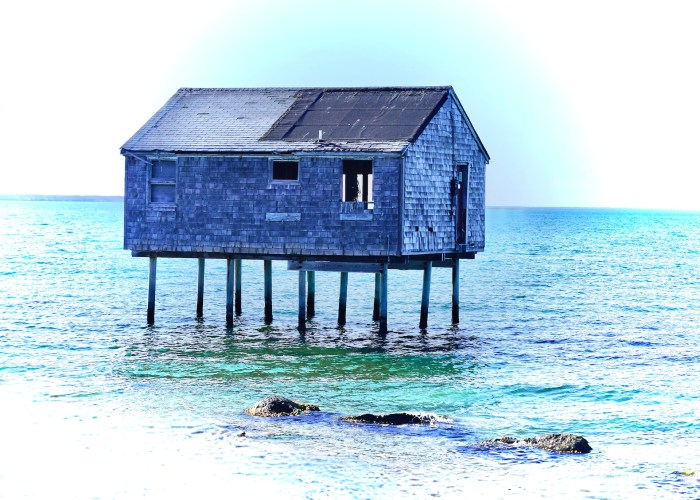
“A prospective tenant living year round in East Hampton at a property they lease can qualify,” explains Christopher Carillo, an attorney for the trustees. “However, the lease must be year round, for one year or greater, and current. For example, someone who leased a property in East Hampton from 2022 – 2023 but currently resides in Westhampton would not qualify.”
By all accounts, the trustees are serious about enforcing the rules. If, for example, the Internal Revenue Service or the New York State DMV thinks your primary address is in New York City or somewhere up-island (including Southampton or the North Fork), the trustees won’t approve your application to lease a land parcel in Lazy Point.
The land leases themselves are not expensive – currently, you can lease an approximately onethird- of-an-acre lot for under $2,000 per year – and the cottages are more affordable than many comparable East End properties.
But since there are fewer than 50 individual leasable land parcels in Lazy Point altogether, there just aren’t a lot of them on the market at any given time. And when a property does hit the market, the pesky East Hampton Town residency requirement severely limits the buying pool.
On the upside – from a buyer’s perspective, at least – the limited number of potential buyers tends to keep prices from skyrocketing.
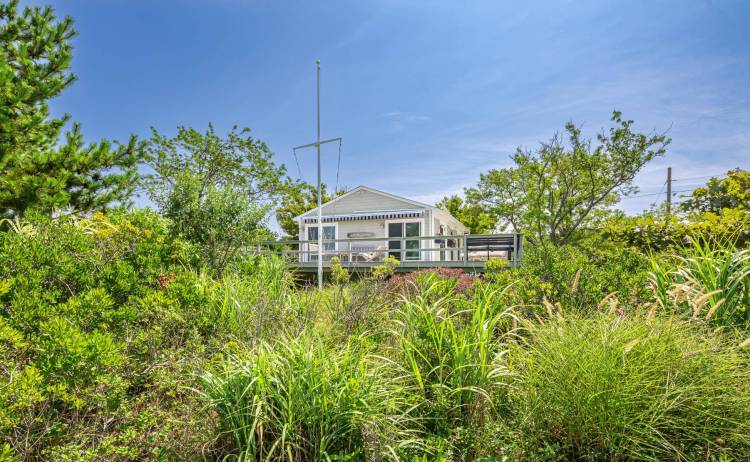
For example, Eileen Mullen of Sotheby’s International Realty recently went into contract on 281 Shore Road in Lazy Point – an open, airy, beautifully maintained two-bedroom, two-bath home on a corner lot directly across the street from Gardiner’s Bay. The selling price was a relatively reasonable $1.25 million.
“Everyone who saw it loved it,” Mullen says. “The simplicity of it, the vaulted ceilings with the exposed beams, the magnificent water views from almost every window…”
Mullen, who represented both the buyer and the seller in the transaction, points out that the deal happened relatively quickly, but not nearly as quickly as it might have outside the complicated confines of Lazy Point.
“If not for the residency requirement, I could have sold it overnight,” she notes.
“Some Lazy Point properties hit the actual real estate market,” adds Brew, who works as an agent for Compass, “But I think there are probably just as many transactions that happen through word of mouth.”
Brew, who owns her primary home in Amagansett, which qualifies her for her Lazy Point land lease, points out that the nature of Lazy Point real estate transactions changed significantly after 2019.
Before then, the East Hampton Town trustees granted leases on a yearly rather than a multi-year basis. For that reason, banks and other lending agents were very reluctant to lend to borrowers who were short-term leaseholders of their land, rather than owners.
Since lenders didn’t want to assume the financial risk on short-term-leased land, it was almost impossible to get a mortgage on a Lazy Point property.
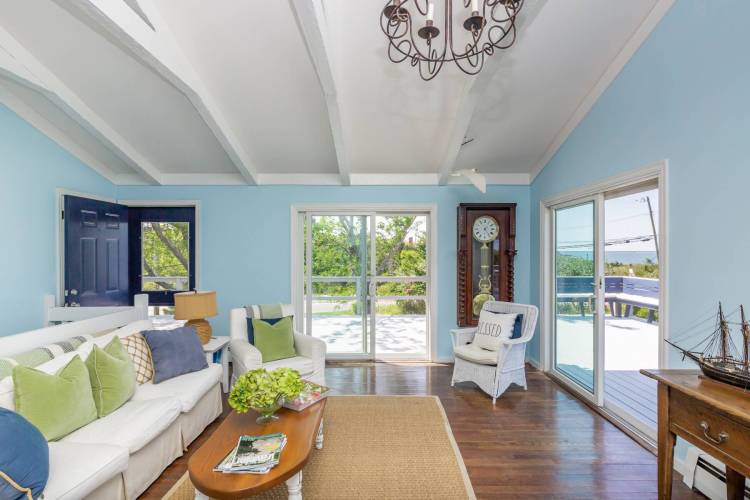
For the same reason, It was also extremely difficult to secure a home improvement loan. The annual lease arrangement forced the vast majority of buyers to pay cash for their Lazy Point homes while shouldering the considerable costs associated with owning or renting a primary residence in East Hampton.
After much hand-wringing and back and forth, in 2019, the trustees agreed to extend the Lazy Point leases to 35 years, with a built-in 2% annual increase to the lease price. That long-overdue move changed the game for many potential Lazy Point buyers.
“I don’t think the prices have increased much because of the 35-year leases,” Brew opines. “The advantage is that now people are able to get a mortgage.”
If your primary residence is in the Town of East Hampton and you can find a Lazy Point cottage for sale, Brew advises that you seize the day.
“How many people talk about living out here as a dream versus how many people actually do it?” she asks. “You know your neighbors; you’re living in nature; the stars are fabulous… I feel super lucky to be here.”
This article appeared in the Memorial Day weekend issue of Behind The Hedges magazine inside Dan’s Papers. Click here to read the full digital edition.

